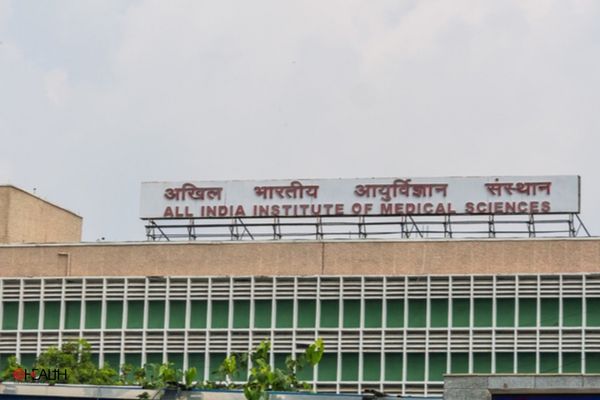
The Department of Plastic and Burn Surgery at Delhi-AIIMS has taken a significant step towards saving lives by setting up a skin bank to cater to patients in need of life-saving skin grafts. This marks the second skin bank to open in the national capital within a week, following the establishment of the first one at Safdarjung Hospital. Generously donating the equipment required for the skin bank, the Rotary Club of Delhi-West has played a pivotal role in supporting this vital initiative.
Inaugurating the skin bank, AIIMS expressed their optimism that it would bring renewed hope to burn patients. Additionally, a comprehensive skin bank manual was released to guide the procedures and operations.

Prof Maneesh Singhal, the Head of the Burn and Plastic Surgery Block at Delhi-AIIMS, shared crucial insights about the process. Harvested skin can be stored for up to five years and is obtained from deceased individuals following post-mortem examinations. However, skin is not procured from individuals who had HIV, cancer, or hepatitis.
Prof Singhal further explained that the skin from a single deceased body has the potential to save the lives of two individuals. The preferred donor site is the thigh, and one of the remarkable advantages of skin donation is that there is no requirement for HLA matching.
Equipped with state-of-the-art facilities including a walk-in refrigerator, dermatomes, incubator, shaker, and biosafety cabinet with laminar flow, the newly established skin bank is poised to save hundreds of lives annually.

According to doctors at AIIMS, an average-built person’s body can yield up to 3000 sq cm of skin. Therefore, a raw area covering 30% of the total body surface area (TBSA) would typically require around 1000 to 1500 sq cm of graft. Consequently, a single donation can save the life of at least one burn victim, and potentially more, including pediatric burn victims.
Any individual above 18 years of age can donate their skin within six hours of death, provided they do not suffer from conditions such as HIV, Hepatitis B & C, STDs, generalised infection and septicemia, skin infection, malignancy, or evidence of skin cancer.
Also Read | AIIMS to take over two government hospitals in Delhi
The skin extraction process primarily focuses on the back, thighs, and legs of the deceased. It is worth noting that there is no bleeding during the skin harvesting procedure, and utmost respect is given to the body, with the harvested areas properly treated and covered before being handed over to the family members.
Overall, the establishment of the skin bank at Delhi-AIIMS, in conjunction with the one at Safdarjung Hospital, represents a crucial advancement in enhancing the availability of skin grafts, offering a glimmer of hope to patients in dire need while significantly improving their chances of survival and recovery.
Be a part of Elets Collaborative Initiatives. Join Us for Upcoming Events and explore business opportunities. Like us on Facebook , connect with us on LinkedIn and follow us on Twitter , Instagram.












